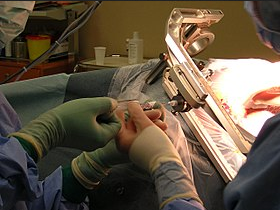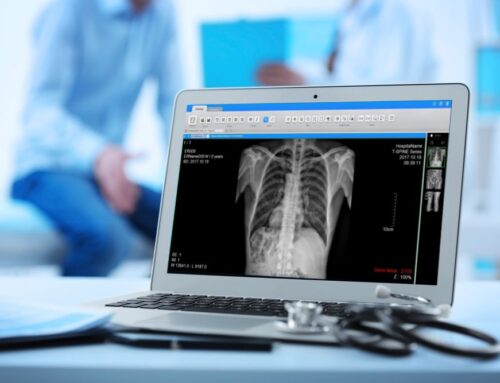Undergoing any procedure involving a needle may make some patients quite nervous.Understanding what fine needle aspiration and biopsy entails can be very helpful in calming nerves and helping a patient to feel more secure. This article aims to explore a bit more about these tests and procedures, and hopefully by shedding light on how they work, we can set your mind at ease.
What is biopsy used for?
A biopsy is a procedure which removes a small sample of the patient’s tissue in order to test that sample for certain diseases. Biopsies in different regions of the body are used to determine different illnesses or issues. A biopsy is commonly used as a screening tool for the presence of cancerous cells within the body. A cyst or tumour, for example, may require a biopsy to determine if the mass is cancerous in nature. Cells retrieved during a biopsy are then taken to a laboratory where the results are carefully analysed. Typical results are ready in 24-48 hours.
How does biopsy work?
The most common biopsies utilise slender needles to retrieve the necessary tissue sample. Other types of biopsies involve scopes or small incisions through which cutting tools are then threaded to reach the needed tissue. Image-guided biopsy involves the use of X-RAY technology to aid in guiding the radiologist during your biopsy procedure. You may experience some soreness following your biopsy, and resting the area is recommended.
Fine Needle Aspiration- What is it used for?
Fine needle aspiration is a common type of biopsy procedure in which a thin needle is inserted into the tissue for a sample. Fine needle aspiration is generally used for the breasts, lymph nodes, glands, and to test swellings, cysts, and other lumps. Aspiration is the most common type of biopsy used in cancer testing.
How does fine needle aspiration work?
The radiologist will use a local anesthetic on the skin. The radiologist will insert the needle, using ultrasound technology in some cases to help guide the needle. The needle may feel uncomfortable and the radiologist may move the needle slightly while collecting the sample. This may be repeated two or three times to retrieve an accurate sample.
Slight bruising or bleeding may follow the procedure, and your radiologist or physician can advise you on any pain medication you may wish to take.
What is fine needle aspiration biopsy?
During a fine needle aspiration (FNA), a small amount of breast tissue or fluid is removed from a suspicious area with a thin, hollow needle and checked for cancer cells. This type of biopsy is sometimes an option if other tests show you might have breast cancer (although a core needle biopsy is often preferred).
What is difference between biopsy and FNAC?
The sampling and biopsy considered together are called fine-needle aspiration biopsy (FNAB) or fine-needle aspiration cytology (FNAC) (the latter to emphasize that any aspiration biopsy involves cytopathology, not histopathology). Fine-needle aspiration biopsies are very safe minor surgical procedures.

